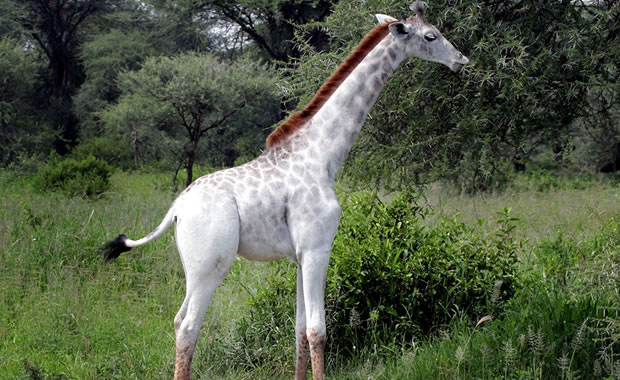

Bighorn Sheep
|
Creature Profile
Bighorn sheep can be found in British Columbia, Washington, Oregon, Idaho, California, Nevada, Utah, and North Dakota. Adult males grow up to six feet in length from the head to the tail, they stand up to 3.5 feet tall at the shoulder, and they can weigh up to 275 lb. Females are smaller, and grow up to four to five feet and weigh only about 150 lbs. Bighorn sheep are also called mountain sheep and are excellent climbers and jumpers. They have excellent eyesight, and it is almost impossible to approach one without being seen. Their fur color varies according to subspecies from dark brown to grayish brown in the mountains of the north and light brown in the deserts. All bighorn sheep horns are brown in color. The females also have horns, but they are much shorter and slender and only slightly curved.
Bighorn sheep prefer to live on wooded mountain slopes, cliffs, or in rocky, wooded canyons, and foothills. They are social animals and are often found in groups of three to five individuals. During certain seasons, some groups of up to 15 form and are led by an elder ewe. In the summer, diet consists of grass, sedges and herbs, and in the winter when their main food source is not available they eat willows, shrubs, rose, and other woody plants. Mating occurs from October to December. Males compete for females by having head-butting contests that can last up to 20 hours. The ram that is less exhausted and with less injuries wins and mates with the most females in heat. The females give birth to one or two lambs after a gestation period of 150 to 180 days.
There are an estimated 10,500 bighorn sheep left in the wild in California. There is one genetically distinct population (100 individuals down from 310 in the 1980s) found in the Sierra Nevada of California, and it was emergency listed as endangered by the US Fish and Wildlife Service in April of 1999. Primary threats to the bighorn sheep subspecies are believed to be unregulated or illegal hunting, predation by mountain lions and coyotes and disease.
Wikipedia Article

|
Wikipedia Article Copyright Notice: This article is licensed under the GNU Free Documentation License. It uses material from the Wikipedia article "Bighorn sheep". |
May 6, 2017
Glenn, C. R. 2006. "Earth's Endangered Creatures - Bighorn Sheep Facts" (Online). Accessed 4/19/2024 at http://earthsendangered.com/profile.asp?sp=831&ID=9.
Need more Bighorn Sheep facts?




